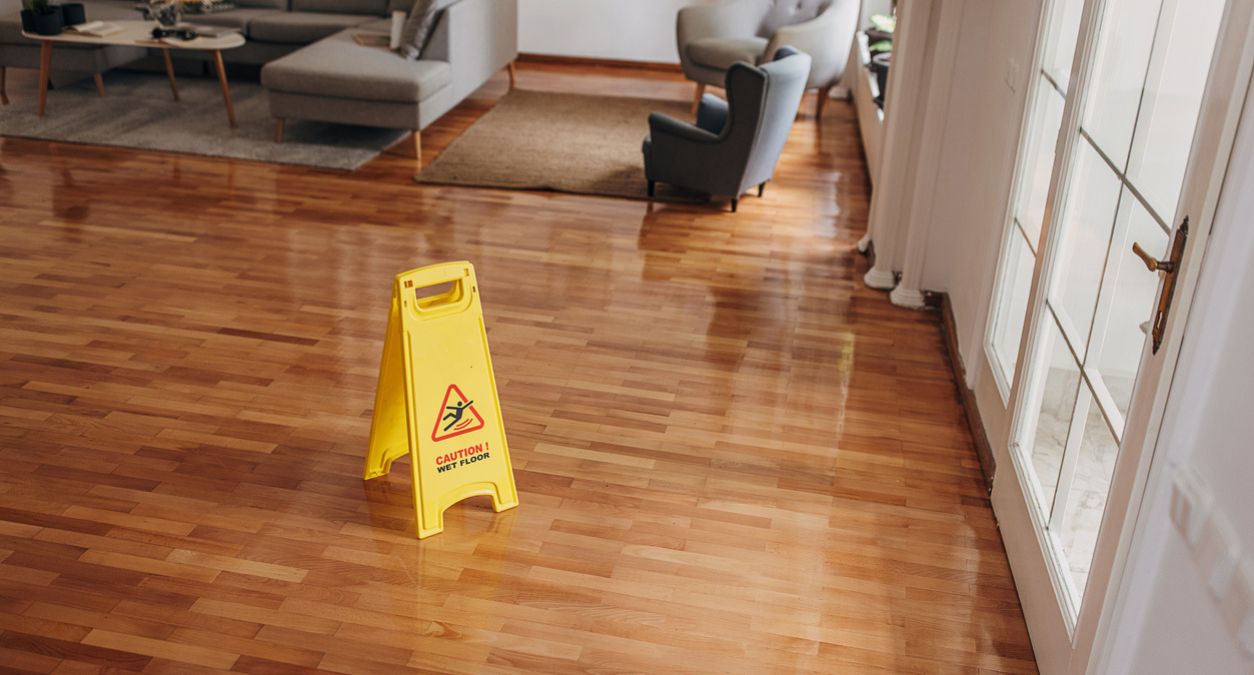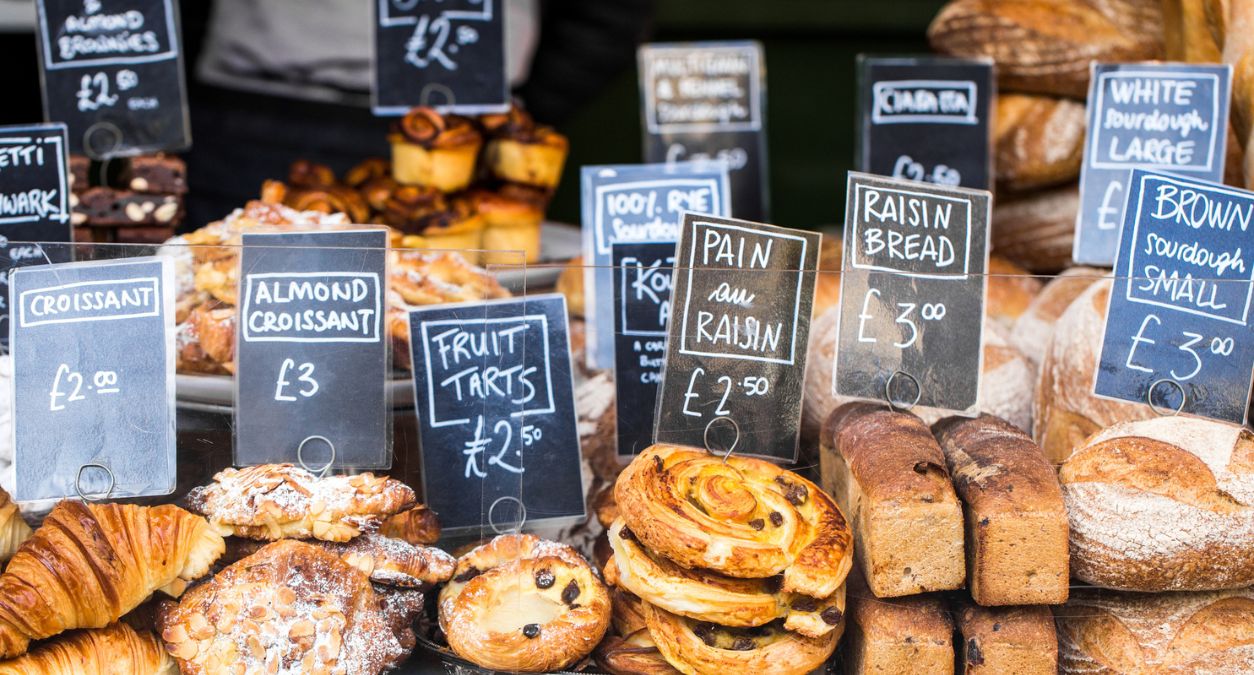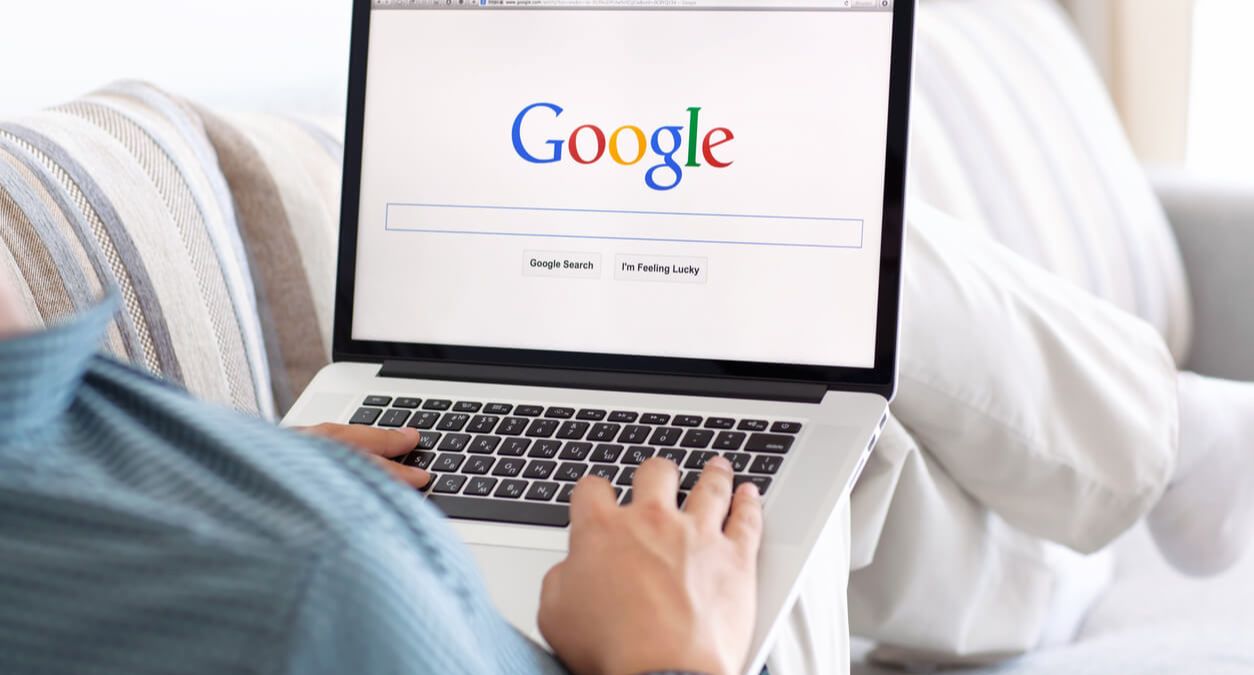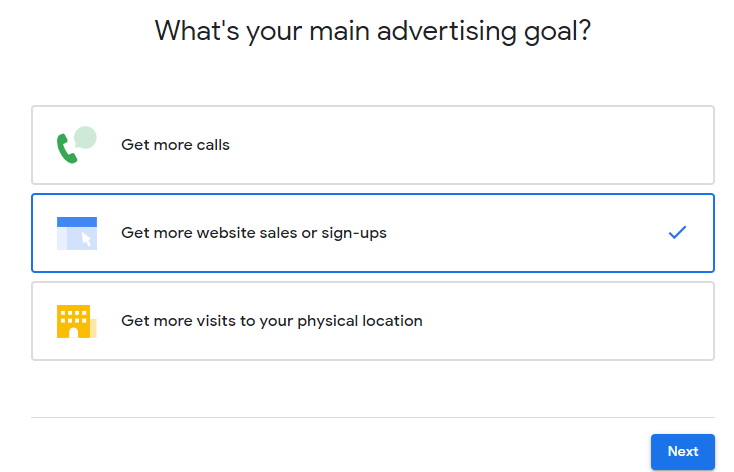Table of contents
Contributors
Mandy has been with Starpeak Insurance Solutions since 2018, starting in sales in the consumer department and mov...
Offering personal training is one of the most popular career options among fitness-minded people today, especially among the young. Whilst gyms all over the country employ PTs on a full-time or part-time basis, there is also plenty of opportunity for you to do it alone. Start your own personal training business and build your own success.
In this guide, we’ll highlight everything you need to know if you’re starting a personal training business, including a ten-step checklist featuring all the essentials.
Why should I explore personal training as a career?
Personal training can be extremely rewarding, because you can help other people achieve their goals, whether it’s rehabilitation from injury, losing weight, or reaching performance targets from running a parkrun to running a marathon! And by getting actively involved in the sessions yourself, it’s also a great way of keeping yourself fit and healthy.
Running a personal training business also brings the reward and flexibility of being your own boss, and having a direct influence on your success and earning potential over time.
How much can a self-employed personal trainer earn?
Earnings from personal training can vary significantly, depending on your level of experience and the area you work in. The good news, however, is that unlike a salaried full-time position with a gym, your earning potential is theoretically limitless, depending on how many hours you work and how many clients you can reasonably fit in. Generally speaking, most personal trainers take in between £20 and £40 per hour, but those who attract high-end clientele or work in areas where PTs are sought after can earn a good chunk more than this.
Starting a personal training business checklist
If you’re wondering how to set up a personal training business, there’s a bit more to it than you might think. But with a bit of hard work and organisation, you’ll be up and running before you know it. This ten-step list covers the basics:
Qualifications
There is no legal requirement to be officially qualified in order to work as a personal trainer or operate a personal training business. However, it is strongly recommended, because it demonstrates clear credentials that customers can trust, and you’ll likely improve your knowledge and skills in the training you take to get those qualifications. There are lots of courses available from many different providers: you should ideally look for a course accredited by Ofqual to obtain a Level 3 NVQ Diploma in Personal Training.
Registrations
Connected to the previous point, getting officially registered with a recognised personal training body can add extra gravitas when you’re trying to convince potential clients that you’re the personal trainer for them. There are two key bodies here: the Register of Exercise Professionals (REPs) and the Chartered Institute for the Management of Sport and Physical Activity (CIMSPA).
More importantly, many insurance providers will look for at least one of these registrations when you’re applying for an insurance policy, and may refuse you cover if you don’t have one. Similarly, some gym chains will insist on registration for any self-employed personal trainers wishing to operate from their facilities.
Market research
Personal training is a broader profession than you might think, and so it’s important to diversify what you offer. For example, do you want to focus on strength and conditioning for amateur sportspeople? Do you want to provide sports and exercise nutrition services along with exercise, for those who want to get fit and lose weight? Do you want to focus on specific areas of the body to help with rehabilitation?
These are just three of the avenues you could pursue. While you should conduct some research to find out which types of training are under-served in your local area, you should also prioritise specialities that you’re passionate about and would enjoy working with.
Business model
This is probably the biggest ‘how long is a piece of string’ question you’ll encounter: how much should you charge? There are so many variables that will influence this: your experience, the type of personal training you’re offering, your overheads if working from a gym, whether you offer discounts for repeat business, and so on. The best starting point is to check out other similar trainers in your area, find out how much they’re charging and price yourself around that point (or maybe slightly below so you can attract some clients to get up and running).
Location
Working out where you’ll be offering your training is critical. You may want to operate from a local gym, in which case you can pursue an agreement with them: for a per-session or monthly fee, you can access the gym with your clients, and they will cover all your overheads. However, make sure you check in detail which services are covered and which ones aren’t – particularly insurance.
Depending on the type of personal training you’re offering, you may also want to work from a studio, from the home of a client, or from outdoor spaces like parks. In any case, you’ll need to make sure you have the right insurance cover for the environment (more on that below).
Legal requirements
As with any business, you’ll need to get organised from a legal standpoint for self-employment, and register with the appropriate government bodies. If you’re just starting out, then it’s best to run as a sole trader, which is the simplest type of business entity. However, you should be aware that your liabilities are unlimited if you run into any debts, so be careful when spending money on start-up costs. As you grow, registering as a limited company may make more sense from an accountancy and tax perspective, especially if you get to the point that you start employing other people.
Finance and accounting
Opening a business bank account is essential, even if you’re operating as a sole trader, because it means that your professional and personal incomings and outgoings are kept fully separate. This makes your accounting and tax returns much easier, and makes things more transparent and professional-looking for customers.
You may also want to consider hiring the services of a professional accountant. While the finances of a personal training business should be relatively simple, they can help take care of complexities like self-assessment and payslips.
Branding
With most of the regulatory and professional requirements in place, and with a sound idea of your business model, you can then go on to get your name out into the local area. A good place to start is by establishing some branding for your business, in terms of logo, design of website and promotional assets, and even your tone of voice in how you speak to your target audience. There are many creative businesses around that affordably provide these services for small businesses, ensuring your message resonates with potential customers – especially on social media.
Marketing and advertising
Speaking of social media, that’s just one of the methods you can use to reach out to prospective clients. Try and think outside the box: every personal trainer in the world will be posting about fitness and achieving goals, so try and inject some humour and informality where possible to build an emotional connection.
Don’t neglect more traditional forms of advertising, either. Flyers or posters in the gym where you work can still generate customers, as can going door-to-door with your marketing materials. Encouraging friends and family to mention your business through word of mouth is also a great way to get started.
Insurance
You never know what might happen in a personal training business – especially as there’s always a risk of accident or injury involved in any physical exercise. That’s why getting insurance cover is an absolute must, whatever training you’re planning to provide and wherever you’re planning to operate. if you own a gym, you’ll need gym liability insurance. As well as making sure you aren’t left out of pocket should the unexpected occur, it also gives both you and your client peace of mind that they’re adequately protected.
Get covered for your personal training with Protectivity
At Protectivity, we have years of experience providing personal training cover for businesses just like yours. That way, your business can grow and succeed with confidence, without you or your clients risking financial loss if an incident occurs. Our cover includes:
– Public Liability of up to £10million, covering claims, damage and injury, including to members of the public or the gym you work from
– Professional Indemnity, should an injured client lodge a claim against you
– Cover for all your equipment, with up to £500 of cover included free of charge
– Optional personal accident insurance that prevents you suffering financially if an injury on the job means you can’t work
To find out more, including just how affordable our personal training business insurance can be, take a closer look at our insurance for personal trainers.
Get Personal Trainer Insurance from Protectivity
*Disclaimer – This blog has been created as general information and should not be taken as advice. Make sure you have the correct level of insurance for your requirements and always review policy documentation. Information is factually accurate at the time of publishing but may have become out of date.
Last updated by





















